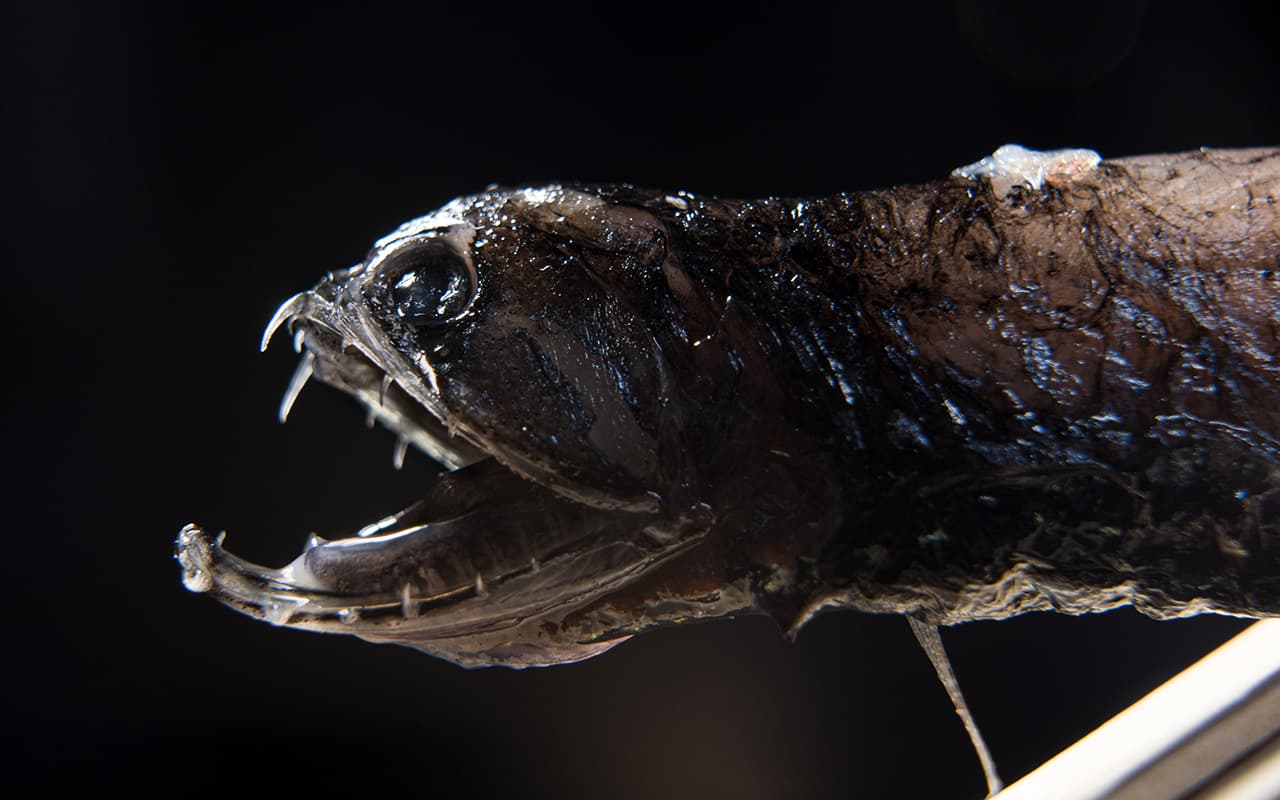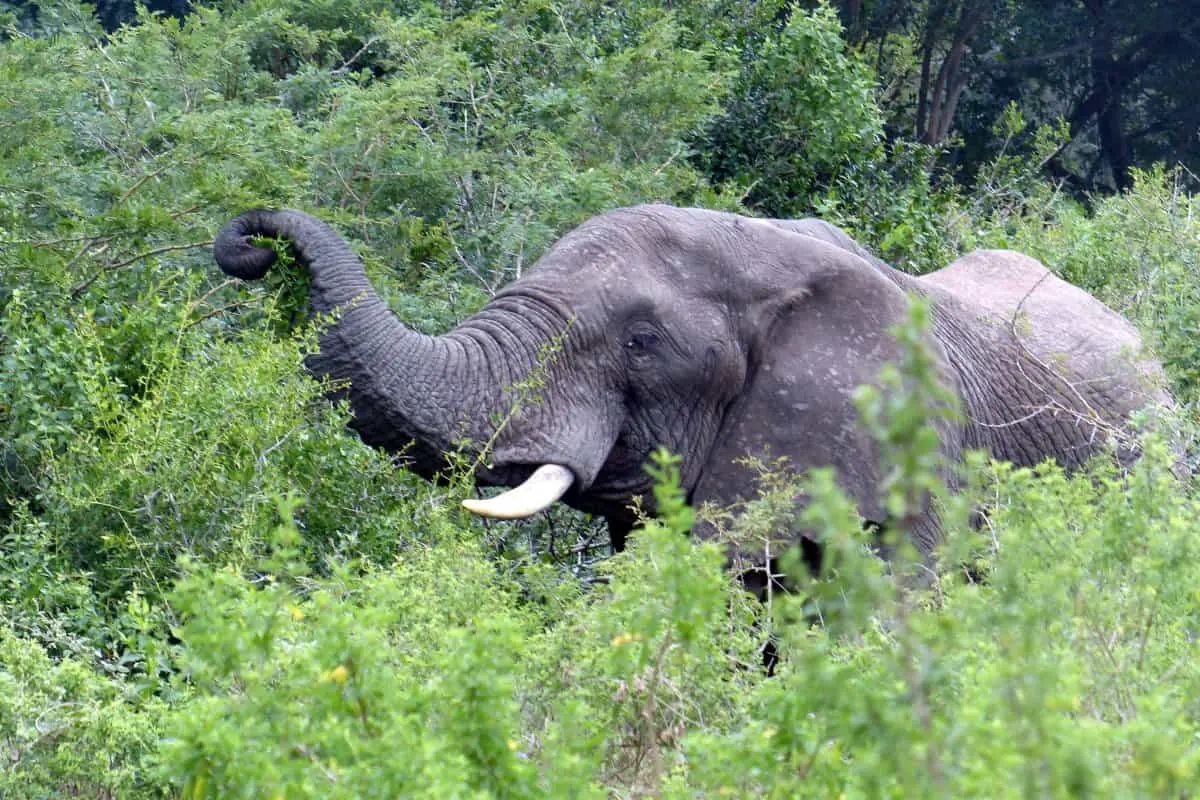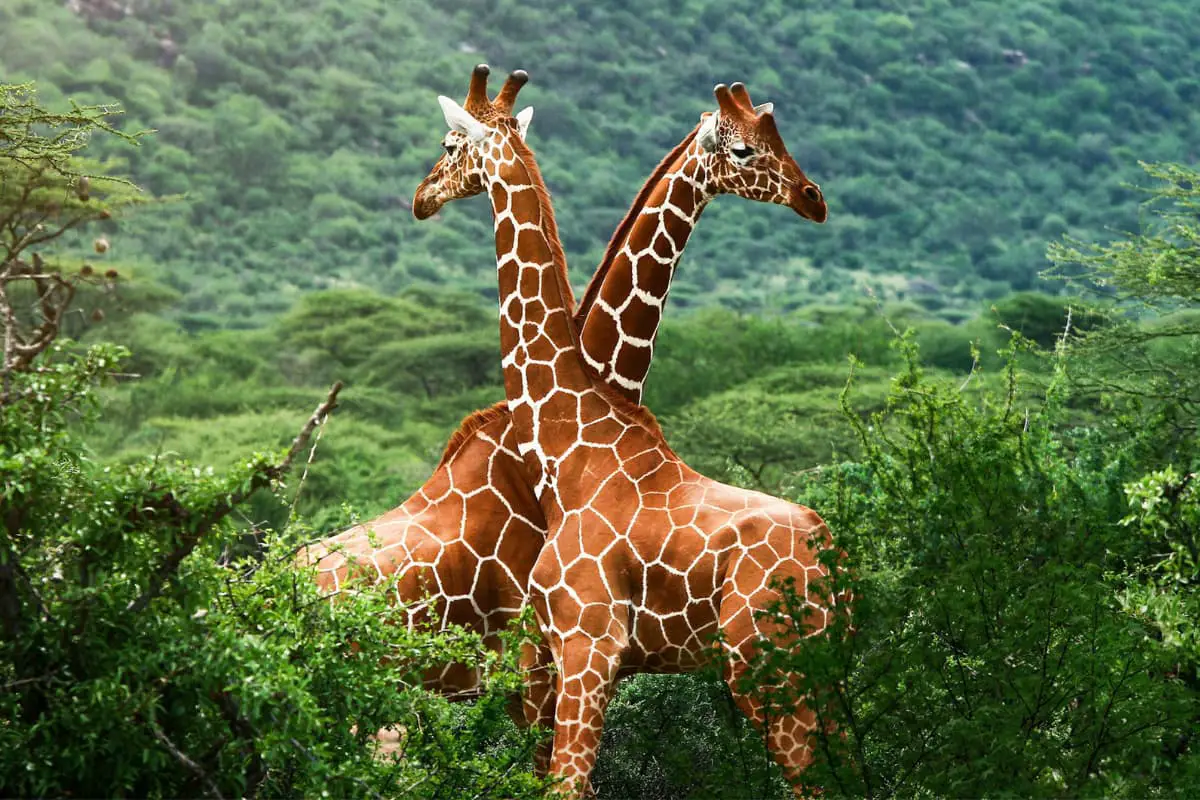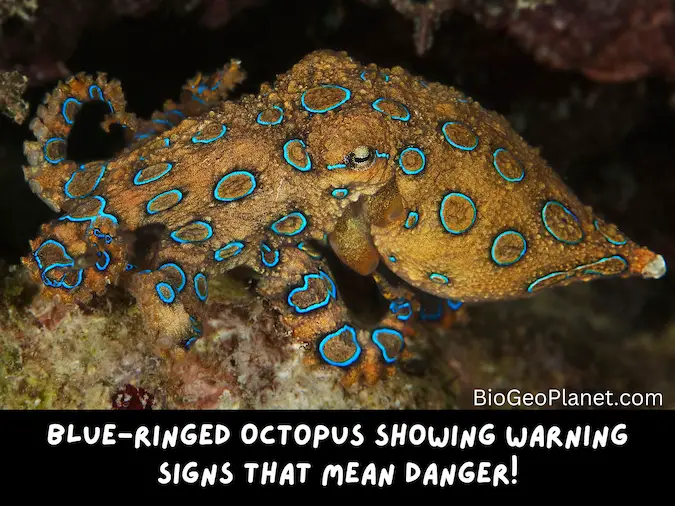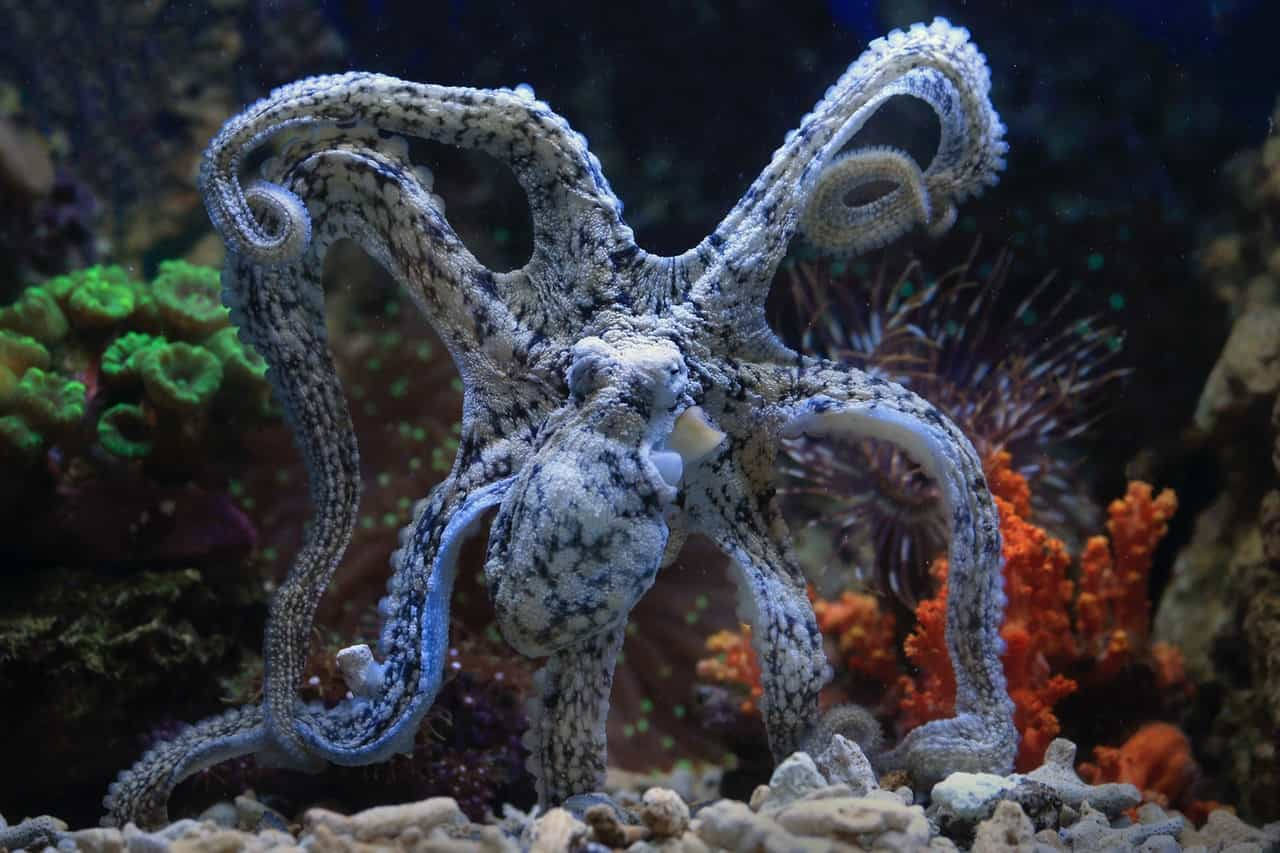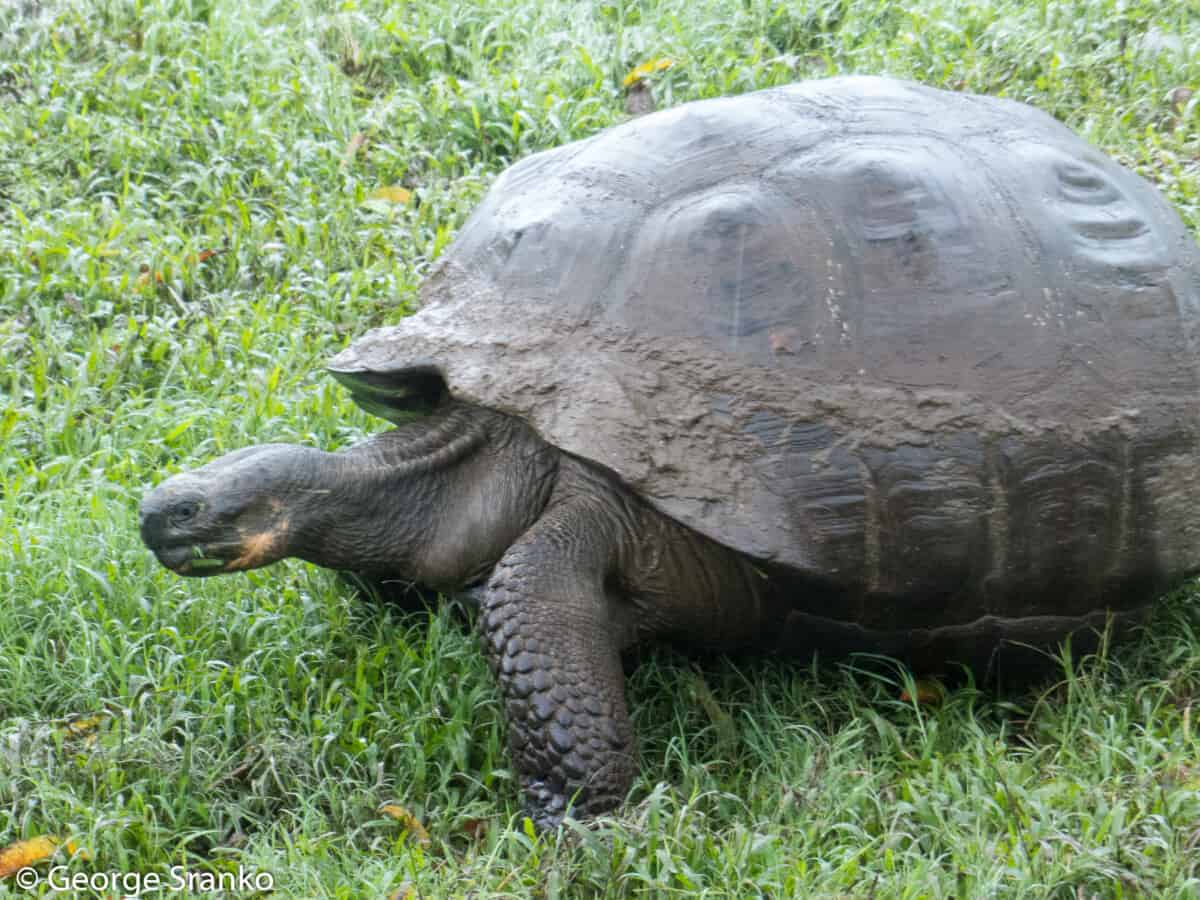Welcome to the World of Animals and much more! We travel the world in search of fascinating creatures and cultures in some of the most spectacular places in the world. Join us as we explore the world!
Cruise News
Follow along on our journeys as we travel around the world as guest speakers.

Viking World Cruise – Viking Sky 2023/24
Resource Page
The resource page has some of the key pieces of information that I mention in many of my lectures.
Read George’s book on the Amazing Octopus –
“The Octopus Paradox: 9 Brains, 3 Hearts, and 8 Arms Make for a Fascinating Creature” Learn how octopuses make nine brains work as one!
Dive into the mesmerizing world of octopuses with this captivating book! Explore their incredible abilities, from problem-solving to tool usage. Discover the intriguing behaviors that hint at their possible consciousness. Immerse yourself in a journey that unveils the mysteries of these fascinating creatures. Get ready to be amazed and gain a whole new appreciation for the extraordinary octopus.
Share Your Memories – the Easy Way!
Learn how easy it is to create your own free eBook to share your travel adventures and photos with family and friends. Download my FREE eBook written from personal experience as a world traveler and cruise ship lecturer for over 17 years.
-
Viking World Cruise 2024
Hi Friends, thank you for visiting! It is my great pleasure to join you for this exciting segment of the Viking Sky World Cruise from Asia to Africa and around the Cape to Lisbon, where we will disembark. I am one of your guest speakers on board and my focus is on the Natural Sciences.…
-
How Smart Is a Crow: Unveiling Avian Intelligence
The Intelligence of a Crow Crows possess a remarkable level of intelligence that is evident in their behavior and social interactions. Their cognitive skills are on display when they encounter obstacles; they use a variety of strategies to navigate these challenges. For instance, they are known to select sticks as tools to retrieve insects from…
-
Deep Sea Dragon Fish: 12 Fascinating Facts and Best Kept Secrets
Diet and Hunting Deep-sea dragonfish have a diverse diet, primarily focusing on smaller marine life such as crustaceans and various types of fish. Their unique hunting techniques allow them to effectively find and capture prey in the challenging deep-sea environment. You may find it interesting to know that the deep-sea dragonfish possess specialized adaptations for…
-
Elephant Trunks: 10 Incredible Facts and Secrets Uncovered
Anatomy of Elephant Trunks The elephant trunk, an incredible fusion of the upper lip and nose, is a testament to the extraordinary adaptations found in these majestic animals. The anatomy of an elephant trunk, which lacks any bones or cartilage, consists of a muscular hydrostat, a powerful arrangement of muscles that makes it extremely flexible…
-
Why Did Giraffes Evolve Long Necks? Discover the Latest Science
There is still some debate about why giraffes have long necks. The accepted theory has been that long necks evolved as as an adaptation to feeding in tall trees and to help giraffes spot predators. Another idea is gaining support; it is called the “necks-for-sex” hypothesis, which suggests that a primary driver for the evolution…
-
How Does an Anaconda Snake Kill Its Prey? Science of Constrictors Explained
In recent years, it has been discovered that boa constrictors, anacondas, and other nonvenomous constrictor snakes kill their prey by inducing cardiac arrest rather than suffocation. This means that the constriction process is quicker and more efficient than previously thought. When these snakes wrap their coils around their prey, they apply pressure that essentially stops…
-
The Blue-Ringed Octopus: A Shy, Venomous Creature That Can Kill You
The Blue-ringed octopus only shows its bright blue rings when it is disturbed and ready to bite in self defense. This small marvel from Australia and the Western Pacific possesses enough venom to kill approximately 30 people, making the toxin 1,000 times more lethal than cyanide. Those who fall victim to its bite may not…
-
Are Octopuses Classified as Fish? Discover Crucial Differences
No, octopuses are not fish. They are mollusks, like clams and snails. In fact, octopuses are like super-intelligent, highly-evolved clams with eight arms rather than one foot! Octopuses, along with squid, cuttlefish, and nautiluses, are members of the class Cephalopoda, which belongs to the phylum Mollusca. Cephalopods are highly advanced and organized marine animals without…
-
Why is the Giraffe’s Tongue Black? Is it Really as Long as Your Arm?
The color of a giraffe’s tongue is quite fascinating! It is a dark blue or black, which is believed to provide extra protection from the sun. You might wonder why that’s necessary, and the answer lies in their eating habits. Giraffes spend a considerable amount of time with their tongues out as they browse and…
-
What is the Longest Living Animal? How Long Can an Animal Live? 500 Years?
Here are the ten longest-living animal species on Earth, along with some fascinating differences in physiology. Ocean Quahog Ocean Quahog, a type of clam, is considered the longest-living animal species, with some reaching the incredible age of more than 500 years! These bivalve mollusks have a very slow metabolism, which means they age at a…
Browse Our Posts – More Fascinating Creatures!

Why are Hippos Aggressive? (Why Do Hippos Kill People?)

Why are Honey Badgers So Fearless? (Are They Dangerous to Humans?)

Why Are Male Animals More Beautiful and Colorful? Sexual Selection! With Photos

Why Did Giraffes Evolve Long Necks? Discover the Latest Science

Why Do Animals Hibernate? Do Bears Hibernate or Sleep?

Why do Lions Have Manes? (Do Dark Manes Mean More Sex?)
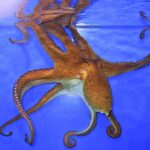
Why do Male Octopuses Die after Mating? (How does Octopus Senescence work?)
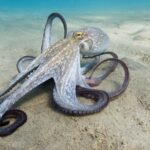
Why Do Octopuses Have 3 Hearts and Blue Blood? An Amazing Circulatory System
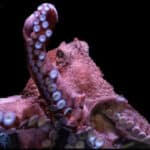
Why do Octopuses have 9 Brains, 3 Hearts, and Blue Blood? Surprising Facts About Smart Suckers!
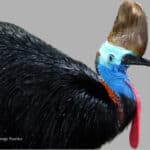
Why is the Cassowary the Most Dangerous Bird in the World? 10 Facts
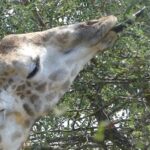
Why is the Giraffe’s Tongue Black? Is it Really as Long as Your Arm?





